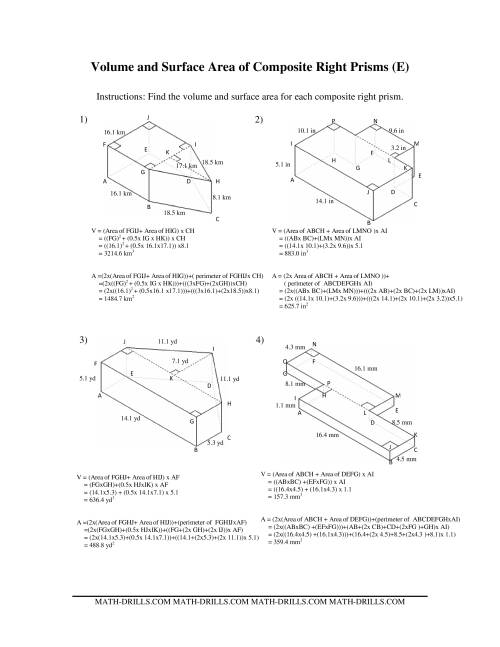


Frequency-domain measurements can be expressed in absolute or relative power. Power is the signal energy found within a frequency band. Afferent information processing by the intrinsic cardiac nervous system can modulate frontocortical activity and impact higher-level functions ( 7). Higher levels of resting vagally-mediated HRV are linked to performance of executive functions like attention and emotional processing by the prefrontal cortex ( 1). Close examination of electrocardiogram (ECG) morphology can reveal whether elevated HRV values are due to problems like atrial fibrillation ( 6).Īn optimal level of HRV is associated with health and self-regulatory capacity, and adaptability or resilience. When cardiac conduction abnormalities elevate HRV measurements, this is strongly linked to increased risk of mortality (particularly among the elderly). Higher HRV is not always better since pathological conditions can produce HRV. While healthy biological systems exhibit spatial and temporal complexity, disease can involve either a loss or increase of complexity ( 5). The variability of non-linear systems provides the flexibility to rapidly cope with an uncertain and changing environment ( 4). A healthy heart’s beat-to-beat fluctuations are best described by mathematical chaos ( 3). The oscillations of a healthy heart are complex and non-linear. HRV reflects regulation of autonomic balance, blood pressure (BP), gas exchange, gut, heart, and vascular tone, which refers to the diameter of the blood vessels that regulate BP, and possibly facial muscles ( 2).Ī healthy heart is not a metronome. HRV is an emergent property of interdependent regulatory systems which operate on different time scales to help us adapt to environmental and psychological challenges. HRV indexes neurocardiac function and is generated by heart-brain interactions and dynamic non-linear autonomic nervous system (ANS) processes. Heart rate variability (HRV) is the fluctuation in the time intervals between adjacent heartbeats ( 1). Heart rate is the number of heartbeats per minute. Finally, the authors provide an overview of HRV assessment strategies for clinical and optimal performance interventions. They encourage professionals to supplement published norms with findings from their own specialized populations. They caution that 24 h, short-term, and ultra-short-term normative values are not interchangeable. They stress the importance of measurement context, including recording period length, subject age, and sex, on baseline HRV values. The authors survey published normative values for clinical, healthy, and optimal performance populations.
SURFACE AREA OF PRISM ACTIVITY SERIES
Non-linear measurements quantify the unpredictability and complexity of a series of IBIs. Frequency-domain values calculate the absolute or relative amount of signal energy within component bands. Time-domain indices quantify the amount of HRV observed during monitoring periods that may range from ~2 min to 24 h. The authors provide an overview of widely-used HRV time-domain, frequency-domain, and non-linear metrics.

This article briefly reviews current perspectives on the mechanisms that generate 24 h, short-term (~5 min), and ultra-short-term (<5 min) HRV, the importance of HRV, and its implications for health and performance. The oscillations of a healthy heart are complex and constantly changing, which allow the cardiovascular system to rapidly adjust to sudden physical and psychological challenges to homeostasis. Heart rate variability (HRV) consists of changes in the time intervals between consecutive heartbeats called interbeat intervals (IBIs). Healthy biological systems exhibit complex patterns of variability that can be described by mathematical chaos.


 0 kommentar(er)
0 kommentar(er)
